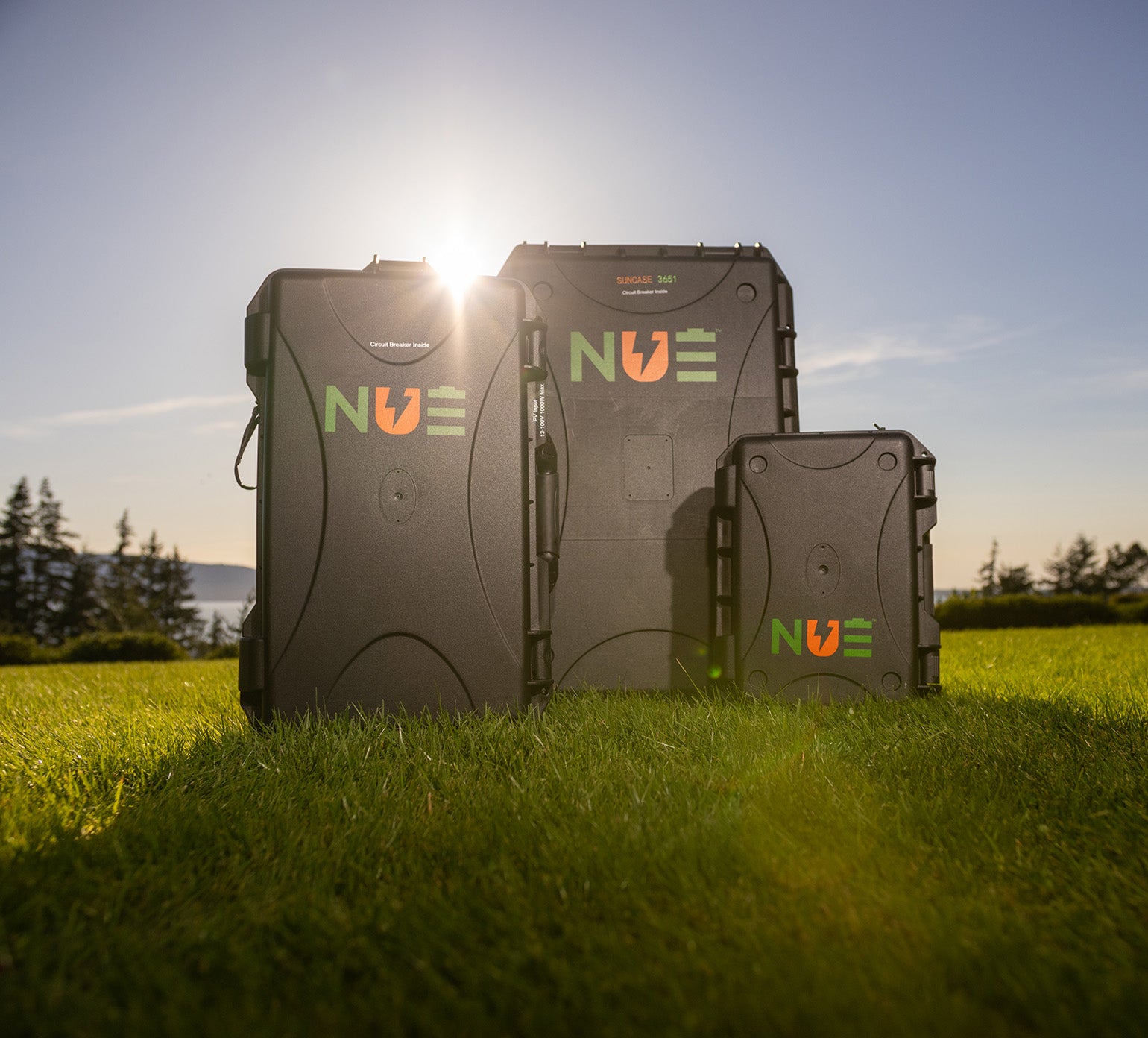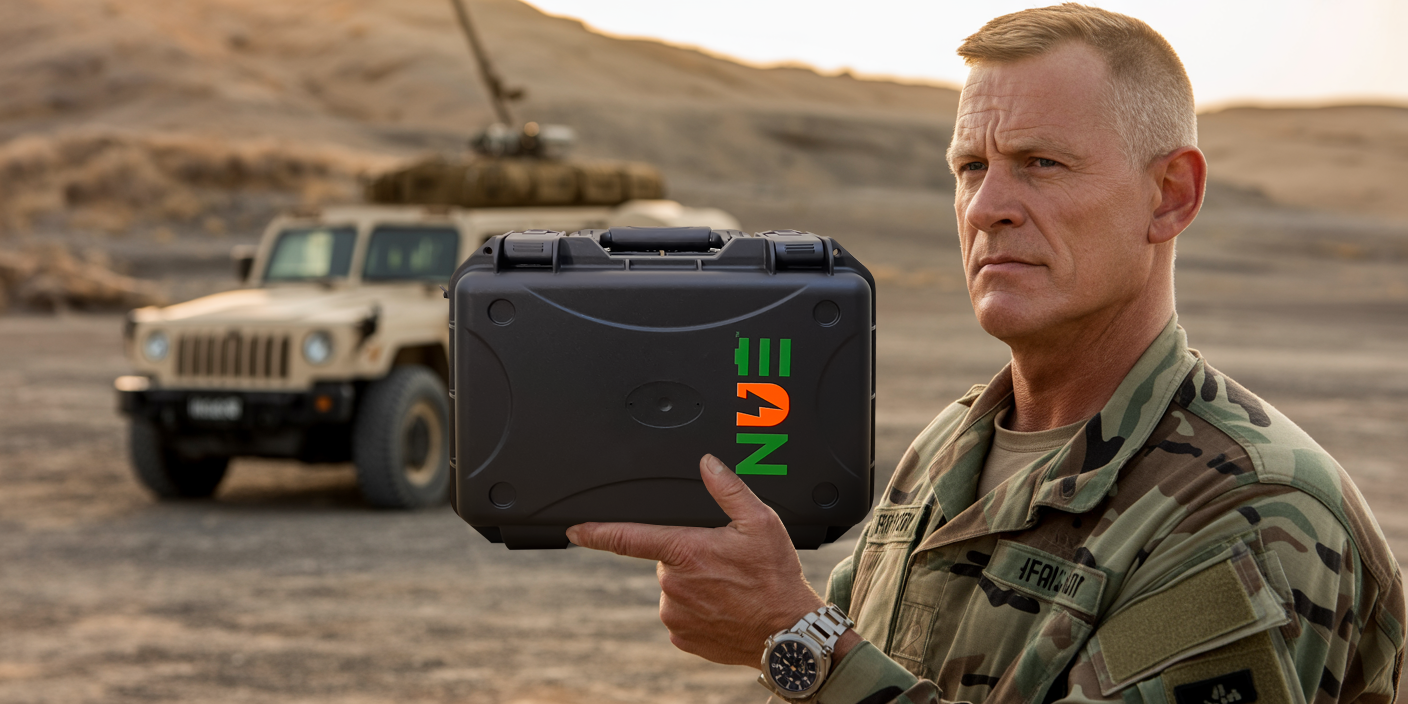
The Ultimate Guide to Watts, Watthours, and Choosing the Right Power
When you're trying to figure out how to power a remote worksite, a command center in the field, or even your favorite gear at a remote campsite, the terms watts and watthours are the key to a successful plan. While they sound similar, they measure two very different things: instantaneous power and total energy.
Understanding the difference between them is the first step to ensuring you have a reliable, off-grid power solution that won't leave you in the dark.
What is a Watt? The "Here and Now"
Think of a watt (W) as the rate at which power is being used. It's like the speedometer in a car. It tells you how fast you're going at a single moment in time.
-
A device with a higher watt rating, such as a microwave or a coffee maker, consumes power at a faster rate.
-
A device with a lower watt rating, like a phone charger or an LED light, consumes power at a much slower rate.
When you see a power station with a 1500W output, that means it can handle devices that draw up to 1500 watts at that instant. This is a crucial number for ensuring your device will turn on.
What is a Watthour? The "Over Time"
A watthour (Wh), on the other hand, measures the total amount of energy consumed over a period of time. This is the odometer in your car. It tells you the total distance you've traveled.
The formula is simple:
Watthours = Watts × Hours
If you run a 100-watt device for 10 hours, it will consume 100W x 10h = 1000Wh of energy.
-
A power station's capacity is always measured in watthours. A
1000Whbattery, for example, can provide 1000 watthours of total energy before needing to be recharged.
This is the most important number for determining how long you can run a device.
Why Watthours Are Critical for Your Power System
Choosing a reliable power solution is all about balancing the power you need (watts) with the energy you have (watthours).
-
Sizing Your Battery: You need to match your total energy consumption (your watthour demand) with a power station that has enough watthour capacity to get the job done. If your daily energy needs total 1500Wh, you'll want a battery with a capacity greater than that to be safe.
-
Sizing Your Solar Panels: Your solar panels need to generate enough watthours to recharge your battery. The size of the solar array determines how fast you can replenish the energy you've used.
Understanding these concepts is the key to building a self-sustaining power system that works for your specific needs.
Calculating Your Watthour Needs: Simple Examples
To figure out what size power station you need, simply list the devices you plan to run, find their watt rating (often listed on the device itself or in the manual), and estimate how many hours you'll use each one per day.
|
Device |
Watts |
Hours Used Daily |
Daily Watthours (Wh) |
|---|---|---|---|
|
Laptop |
60W |
4 |
240Wh |
|
LED Work Light |
20W |
6 |
120Wh |
|
Mini-Fridge |
50W |
24 |
1200Wh |
|
Smartphone |
10W |
2 |
20Wh |
|
TOTAL |
|
|
1580Wh |
In this example, your total daily energy need is approximately 1580Wh. To power these devices for a full day, you would need a battery with at least 1580Wh of capacity, plus extra for safety.
A Quick Word on Amp-Hours (Ah)
You may also see batteries rated in amp-hours (Ah). While similar to watthours, amp-hours don't tell the full story because they don't account for voltage.
To convert from amp-hours to watthours, you just need to know the voltage (V) of the battery:
Watthours (Wh) = Amp-hours (Ah) × Voltage (V)
For example, a 12V battery with a 100Ah rating has an energy capacity of 100Ah × 12V = 1200Wh. This is why watthours are a more universal way to compare the true energy capacity of different batteries.
At the end of the day, understanding watthours empowers you to make an informed decision and choose a professional-grade power solution that's a perfect fit for your critical missions, big or small.
























